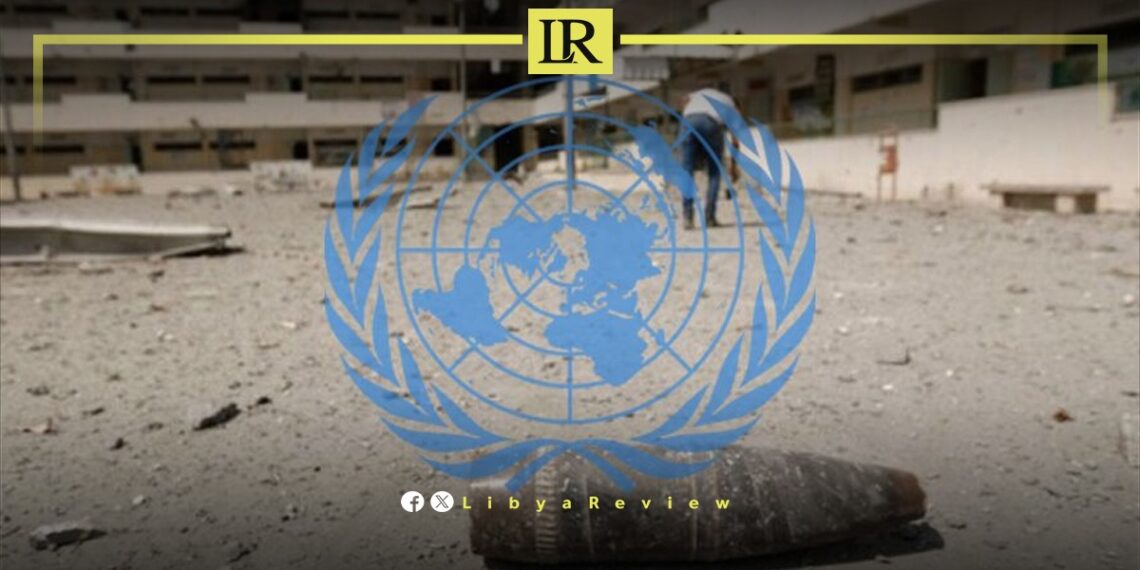On Tuesday, the United Nations Support Mission in Libya (UNSMIL) reported that explosive ordnance in Libya incidents resulted in 35 casualties, including 26 children, between April 2023 and April 2024.
Fatma Zourrig, Head of the United Nations Mine Action Service (UNMAS) in Libya, stated that over the past five years, more than 400 individuals have been killed or injured in such incidents.
Speaking at an event organized by the Libyan Mine Action Center in Tripoli, Zourrig noted that Libya has managed to clear approximately 36% of identified hazardous areas. However, around 436 million square meters remain contaminated.
She emphasized that these figures highlight not only the serious challenges but also the critical importance of international partnerships. She explained that through cooperation, the capabilities of the mine action sector can be enhanced, ensuring a safer future for all.
The Libyan diplomat added that developing Libya’s mine action strategy will help the country clarify its needs and priorities and identify opportunities and risks. She stressed that the strategy will provide a framework for cooperation between national and international governmental and non-governmental actors to reduce risks to local communities.
On May 9, the Libyan Mine Action Center announced plans to develop a mine action strategy in collaboration with the Geneva International Centre for Humanitarian Demining and UNSMIL’s Mine Action Service.
Libya has been grappling with the legacy of explosive ordnance contamination for years. The presence of unexploded ordnance (UXO) and landmines is a lingering consequence of past conflicts, posing significant risks to civilians and hindering post-conflict recovery and development efforts. The high casualty figures, particularly among children, underscore the urgency of addressing this issue.
The Libyan Mine Action Center, with the support of international partners like UNMAS and the Geneva International Centre for Humanitarian Demining, has been actively working to identify, clear, and mitigate the risks associated with explosive ordnance. Despite these efforts, vast areas remain contaminated, highlighting the need for continued and enhanced mine action activities.


